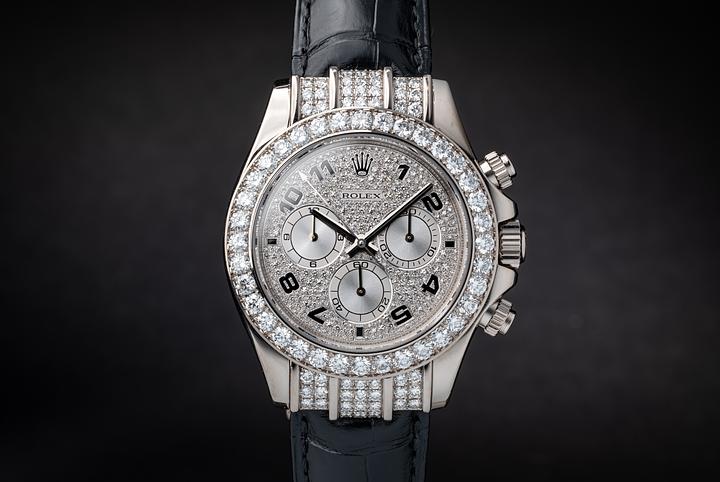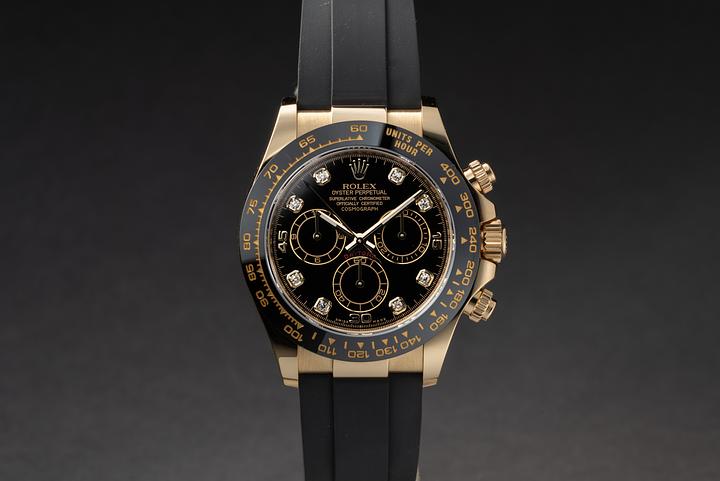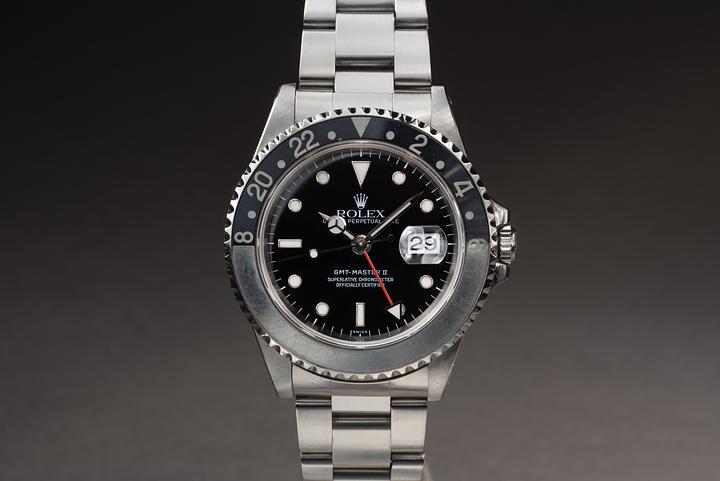Should You Insure Your Rolex Watch? Smart Protection Tips

Should You Insure Your Rolex? A Deep Dive Into Luxury Watch Protection in the Swiss Watch Industry
Okay, let’s just get this out there—if you’re reading this because you already own a Rolex, congratulations. You’ve joined the elite club of timepiece enthusiasts who understand craftsmanship, heritage, and the quiet thrill of wearing centuries of Swiss horological expertise on your wrist. Rolex watches aren’t just accessories. They’re investments. Heirlooms. Status symbols. Tokens of personal achievement. But with great value comes the inevitable question that people sometimes think about a little too late—should you insure your Rolex?
That might sound like overkill depending on how you see it, but in truth, understanding Rolex insurance through the lens of the Swiss watch industry is not just smart—it's essential. In this post, we’re going to dig deep. History, process, options, who’s who, and yes, a touch of “What if I drop it in the ocean?” Ready? Let’s go.
Rolex: Heritage, Innovation, and the Swiss Watch DNA
So, let’s rewind first. Rolex was founded in 1905 by Hans Wilsdorf and Alfred Davis in London before relocating to Geneva in 1919. The brand’s precision and pioneering contributions—like the first waterproof wristwatch (hello, Oyster case)—solidified its reputation early on. Rolex’s position in the world of haute horlogerie (high-end watchmaking, basically) can’t be overstated. It’s Switzerland’s shining star, alongside giants like Patek Philippe, Audemars Piguet, and Omega.
What makes Rolex unique isn't just the brand’s obsessive attention to perfection or the almost mythological scarcity of certain models. It’s the relentless cast-in-stone ethos that every Rolex is built to last... and last. But even Rolex, with its steel that’s more corrosion-resistant than most, can’t outrun theft, accidental damage, or one of those oops-I-forgot-to-take-it-off-before-scuba-diving mishaps.
The Real-World Risks of Owning a Rolex
Alright, let’s dial this back to the pragmatic for a second. You've probably heard the urban legends of watches “walking away” during hotel stays or being lifted clean off wrists in busy crowds. Not exaggerating here—Rolex theft is a bona fide trend, especially in global hotspots. In some cities, there’s actually an uptick in robbers targeting visible luxury watches (usually Rolex or Audemars Piguet). So insurance starts making a lot more sense, right?
But it’s not just theft. Lost luggage, accidental damage, smashed crystals, and unforeseen disasters like fires or floods? These things don’t care if your timepiece uses a 904L Oystersteel case or beats at 28,800 vibrations per hour. Stuff happens. And when it does, the financial punch can be pretty brutal without insurance.
Understanding Watch Insurance and How It Works
Let’s shift into fact mode for a bit. Watch insurance is exactly what it sounds like. In most cases, you can get specific coverage through your homeowners or renters policy, but these may have limited payouts for high-end items (typically capped unless you add what’s called a rider or a “scheduled personal property” endorsement). That’s fancy talk for giving your insurer all the juicy details so they can rate the risk appropriately.
Alternatively, there are specialty insurance providers that focus solely on watches and jewelry. Think BriteCo, Jewelers Mutual, or Hodinkee Insurance. These guys get the luxury watch market. They understand that reference 116500LN and a pre-Ceramic Submariner are not the same thing. And if your watch appreciates over time (which let’s be honest, many Rolex pieces do), some of these insurers offer automatic value upgrades or inflation protection. Smart, right?
Documentation, Appraisals, and the Swiss Standard of Provenance
Okay, if you take just one thing away from this post, let it be this: documentation matters. Like, seriously matters. Rolex watches don’t have official serial number registries open to the public, so if something happens to yours, your original proof of purchase, certificate of authenticity, and maybe even service history from an official Rolex Service Center could make or break your claim.
An appraisal is usually required to set the value for insurance purposes. And this is where the Swiss attention to detail comes back into play. Appraisers will factor in your watch's production year, condition, accompanying box and papers, rarity, and yes, any customization (though aftermarket mods can actually reduce value, heads-up). Swiss-trained horologists and certified gemologists can give you the most precise appraisals—which is useful not only for insurance but for reselling or estate planning down the line.
How Much Does Rolex Insurance Actually Cost?
Right, let’s talk numbers. On average, Rolex watch insurance will cost between 1% to 2% of the total value of your watch annually. So, if your GMT-Master II is valued at $18,000, that translates to $180 to $360 each year. Not peanuts, but when compared to the cost of replacing a stolen or damaged Rolex? Yeah. It’s not that much. Especially given that many insurers cover parts replacements, strap damage, or even incidents abroad.
Watch collectors often insure multiple timepieces as a package, which can sometimes lower the per-watch cost. And depending on your coverage, things like mysterious disappearance (when you just have no idea what happened) might even be part of the policy. Just...read the fine print. Always.
Rolex Insurance: Worth It or Not?
So, where does that leave us? Bottom line—it makes sense. Rolex watches, thanks to their brand pedigree, consistent market demand, and increasingly limited supplies, tend to hold (and often increase) in value. Protecting this kind of investment just isn’t optional if you ask most collectors. It’s kinda like having a house and not getting fire insurance. Sure, most days the risk is low, but the one day it isn’t—you’ll wish you had it.
If you’ve just bought your first Rolex, congrats. If you’ve owned one forever but never really thought about insuring it, maybe now’s the time to dig through those papers and look into an appraisal. And if you’ve got a collection sitting in a safe—you already know what to do.
Swiss craftsmanship gave you the world’s most recognized watch. A bit of effort on your end can help keep it safe—whether that’s from slippery fingers, mislaid luggage, or just plain bad luck.




